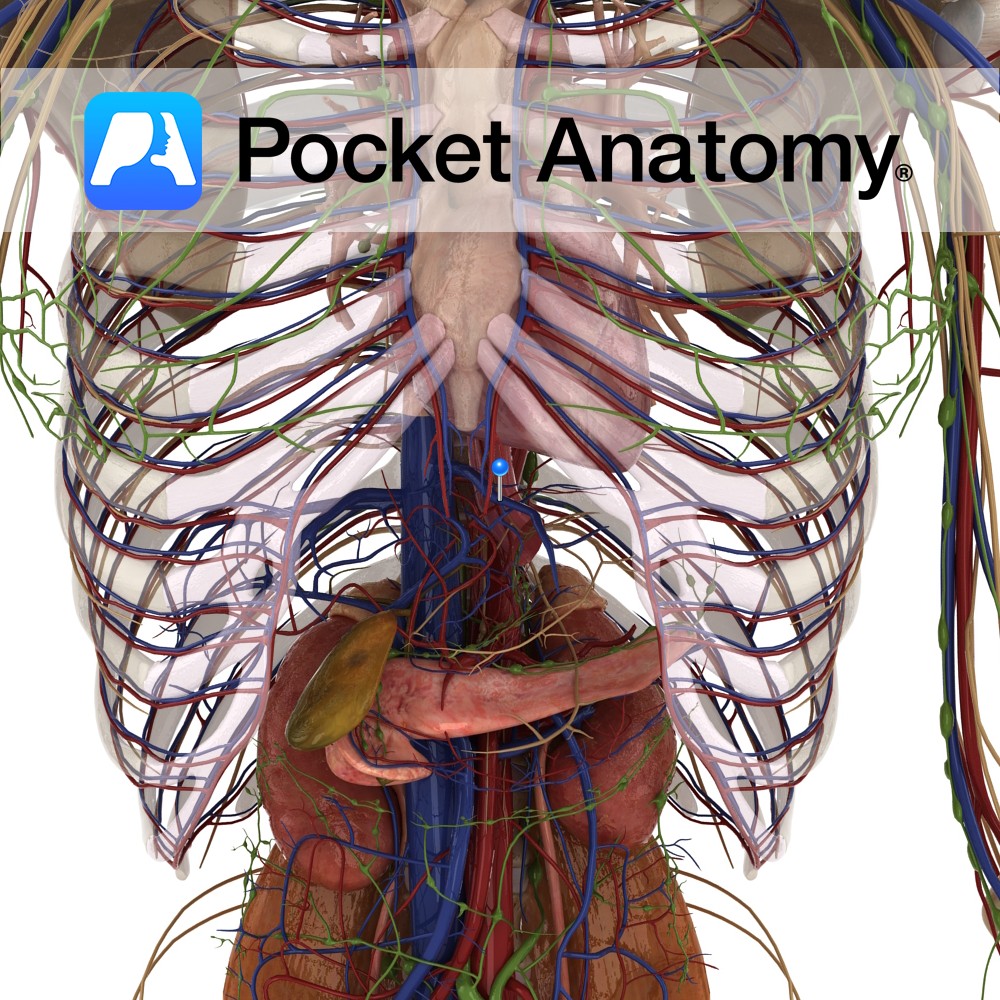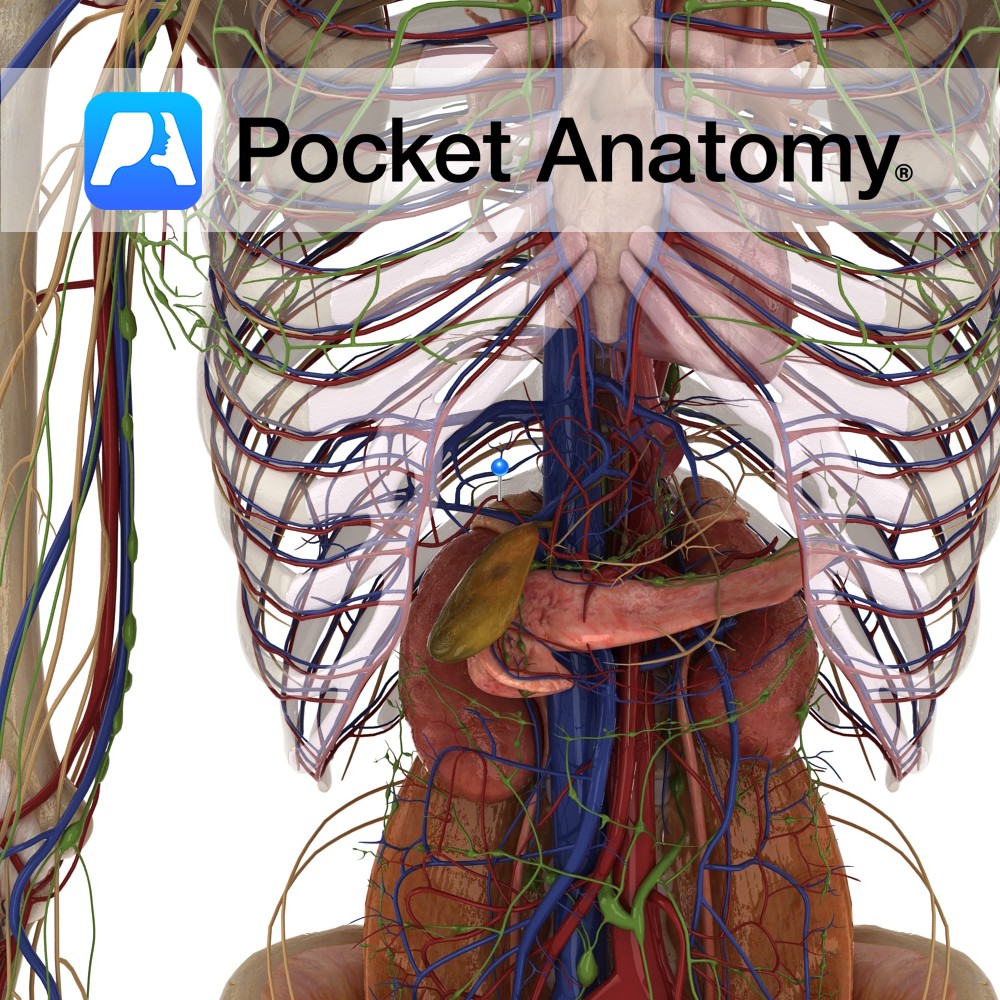PocketAnatomy® is a registered brand name owned by © eMedia Interactive Ltd, 2009-2022.
iPhone, iPad, iPad Pro and Mac are trademarks of Apple Inc., registered in the U.S. and other countries. App Store is a service mark of Apple Inc.
Anatomy Bump at bottom of humerus, laterally (when hand pronated, ie palm forward). Attached; radial collateral ligament (contributes to stabilizing the joint against varus – medial flexion), supinator, extensors. Smaller than medial epicondyle. Clinical Site of tennis elbow. Supercondylar fractures common in children; anterior displacement of upper part of fracture (proximal fragment) can damage brachial
- Published in Pocket Anatomy Pins
Anatomy Groove between greater and lesser tubercles, running down upper 1/3 of shaft of humerus. Attachment; long tendon latissimus dorsi (teres major attached medially, pectoralis major laterally). Interested in taking our award-winning Pocket Anatomy app for a test drive?
- Published in Pocket Anatomy Pins
Anatomy Rounded upper extremity of humerus; articulates with scapula at glenoid cavity/fossa. Vignette Shoulder is most mobile joint; flexion 150-170°, extension 40°, abduction 160-180°, adduction 30-40°, lateral rotation (in abduction) 95° (in adduction) 70°; medial rotation (in abduction) 40-50° (in adduction) 70°. Interested in taking our award-winning Pocket Anatomy app for a test drive?
- Published in Pocket Anatomy Pins
Anatomy Course Long subcutaneous vein that commences in the foot where the first dorsal digital vein meets with the dorsal venous arch. It then passes behind the medial malleolus and continues to ascend on the medial aspect of the leg. When it arrives at the knee, it passes on top of the medial epicondyle of
- Published in Pocket Anatomy Pins
Anatomy Oblique groove just below humeral head (separating it from greater and lesser tubercles) where shoulder joint capsule attaches. Interested in taking our award-winning Pocket Anatomy app for a test drive?
- Published in Pocket Anatomy Pins
Anatomy A paired structure located in the medial temporal lobe that forms the floor of the inferior horn of the lateral ventricle. Blood Supply: Supplied by branches of the internal carotid and posterior cerebral arteries. Functions The hippocampus may act as a neural map of the external environment. It receives information regarding the body’s position
- Published in Pocket Anatomy Pins
Anatomy Strong and dense capsular ligament, which provides support to the hip joint. Attaches superiorly to margin of the acetabulum, and anteriorly to the outer margin of the labrum. It consists of both circular and longitudinal fibers, which are thicker superiorly and anteriorly, where most support is needed. Functions Gives general support to the hip
- Published in Pocket Anatomy Pins
Motion The hip joint is a multiaxial synovial ball and socket joint. It is formed by the articulation between the head of the femur and the acetabulum of the pelvic bone. It can be flexed, extended, abducted, adducted, medially rotated, laterally rotated and circumducted. Circumduction is the complex circular movement of the joint combining flexion,
- Published in Pocket Anatomy Pins
Anatomy Course Originates from the vessels inside the liver like the central vein. They drain deoxygenated and filtered blood from the liver into the inferior vena cava. Drain Liver and other abdominal viscera. Clinical Occlusion can cause Budd-Chiari Syndrome. Patients often present with ascites, hepatomegaly and complain of abdominal pain. Interested in taking our award-winning
- Published in Pocket Anatomy Pins
Anatomy Course Branches off the celiac trunk and travels to the right for a short period of time before it divides into its terminal branches. Supply Via its branches it supplies the liver, pylorus and duodenum with oxygenated blood. Interested in taking our award-winning Pocket Anatomy app for a test drive?
- Published in Pocket Anatomy Pins

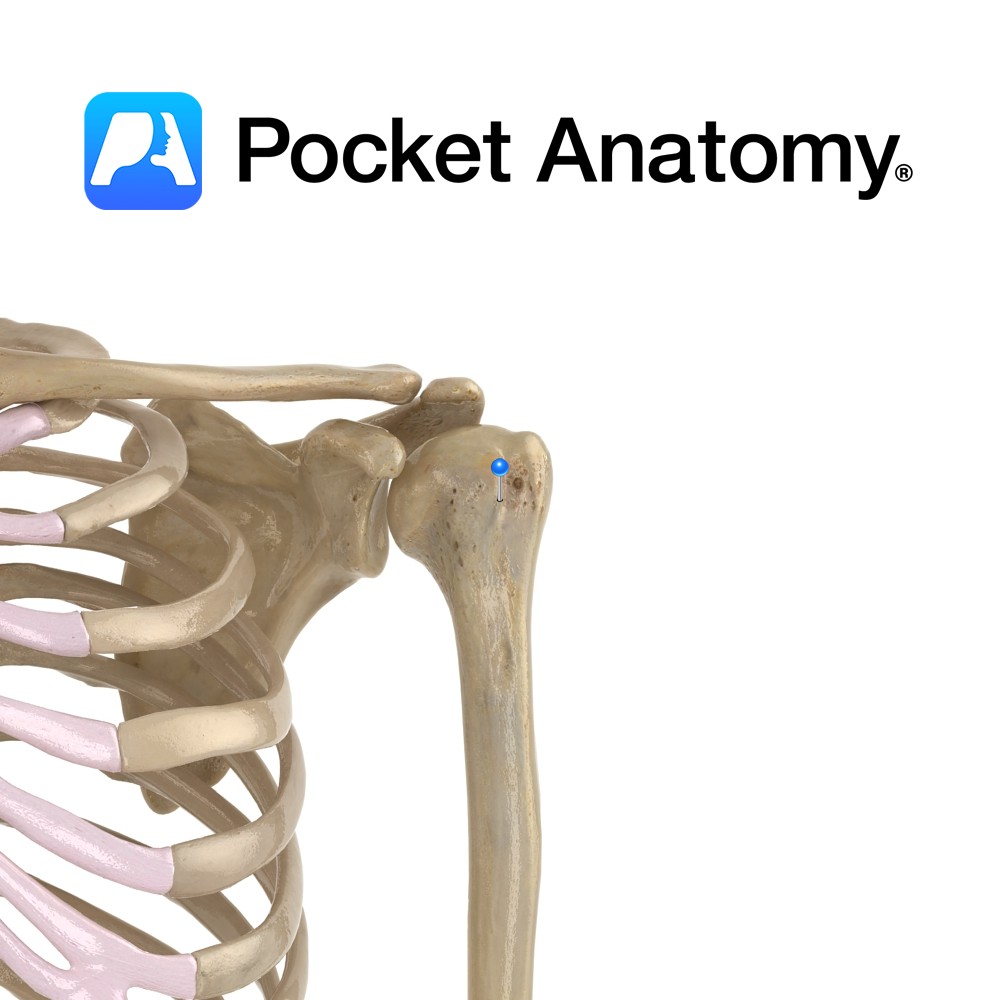
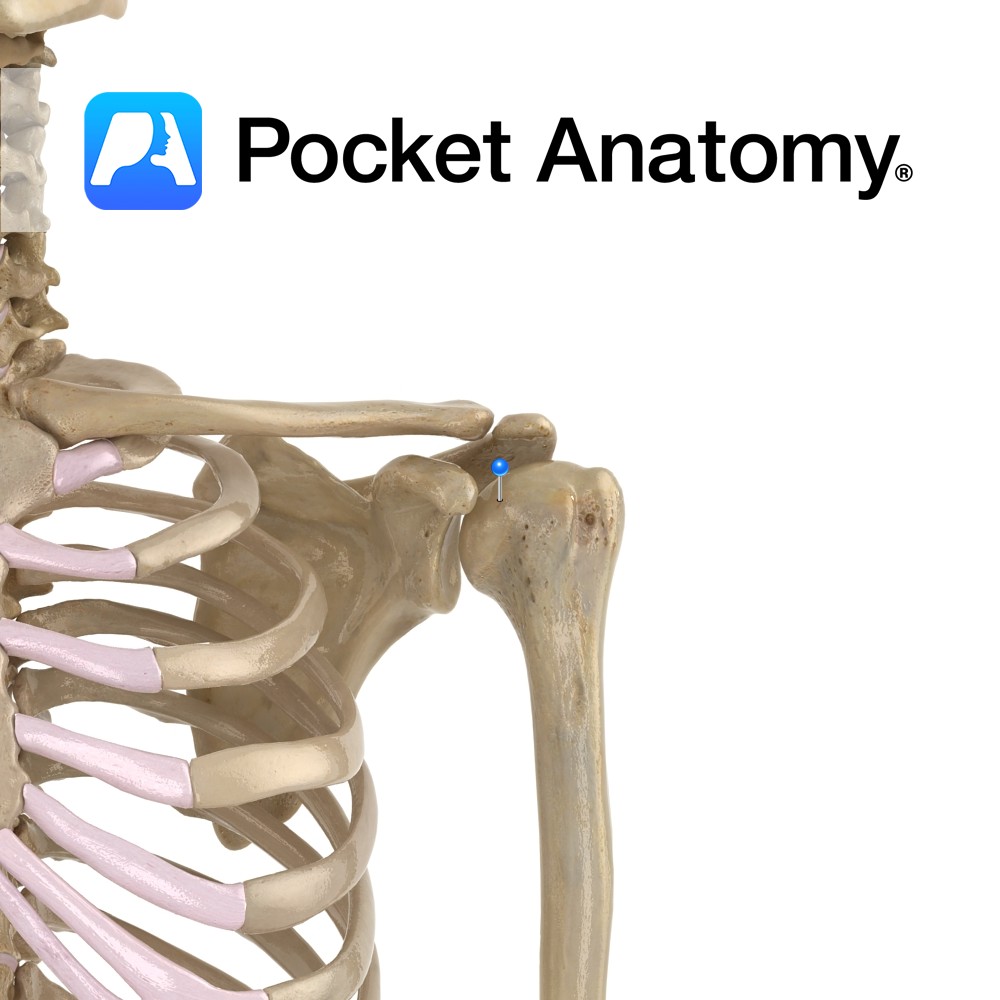
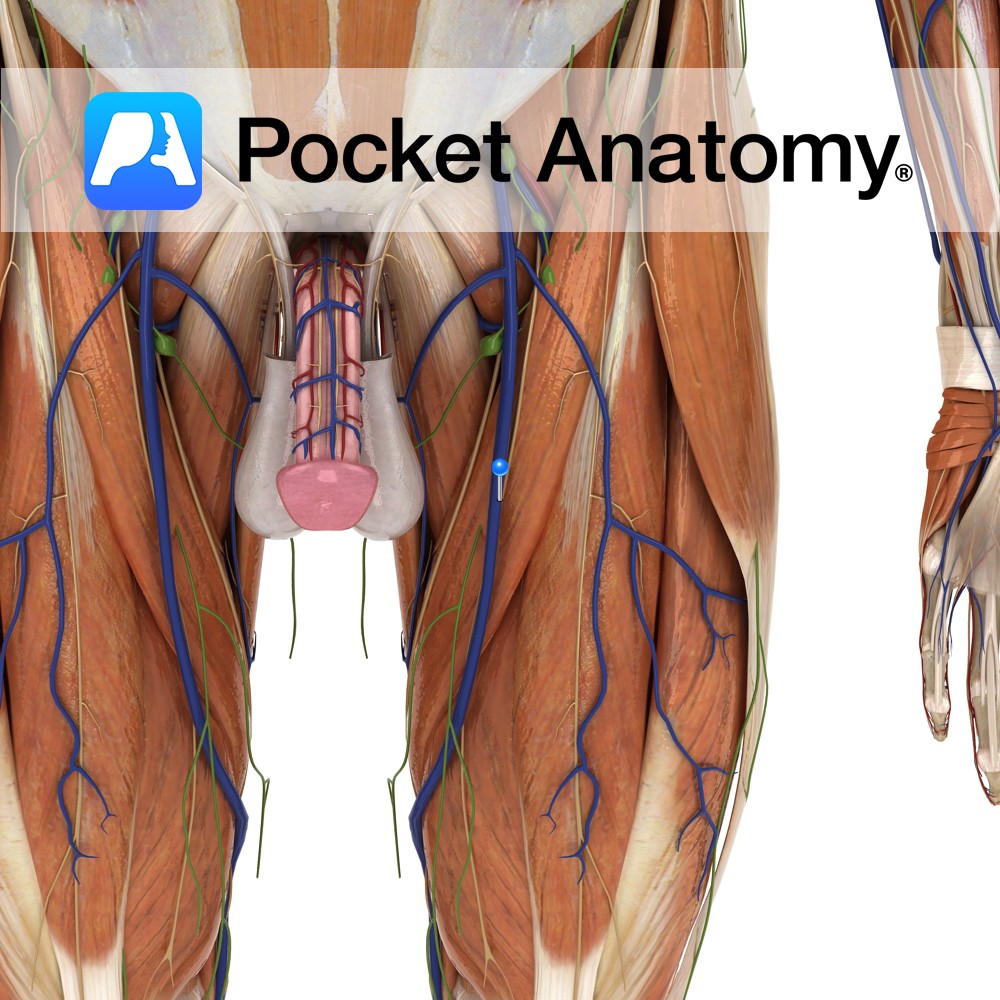
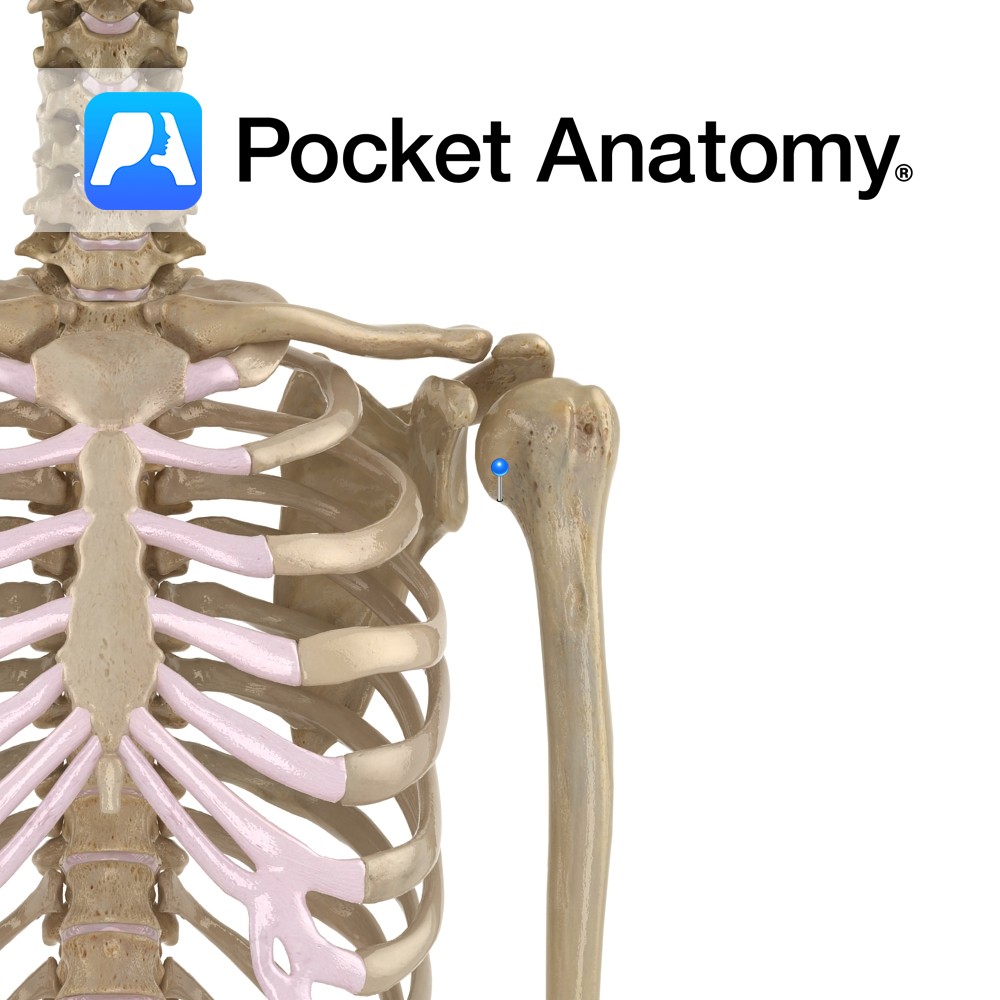
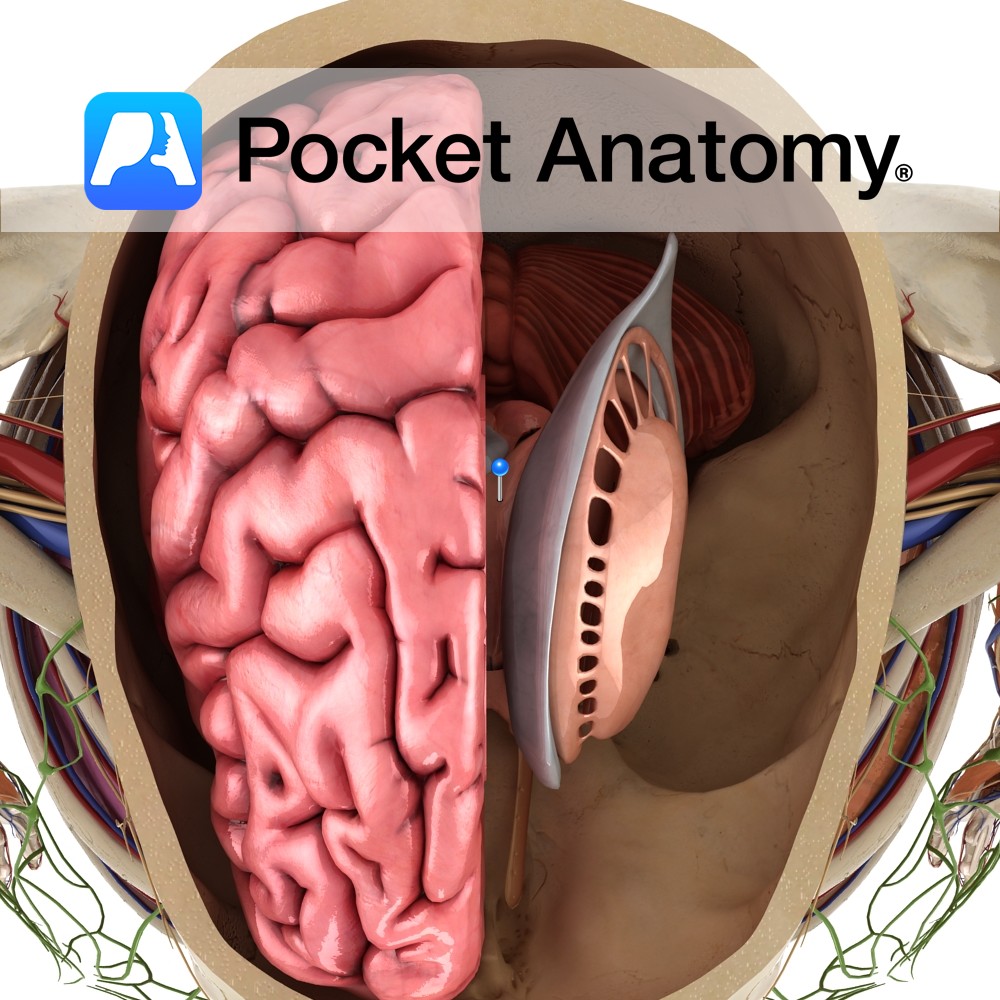
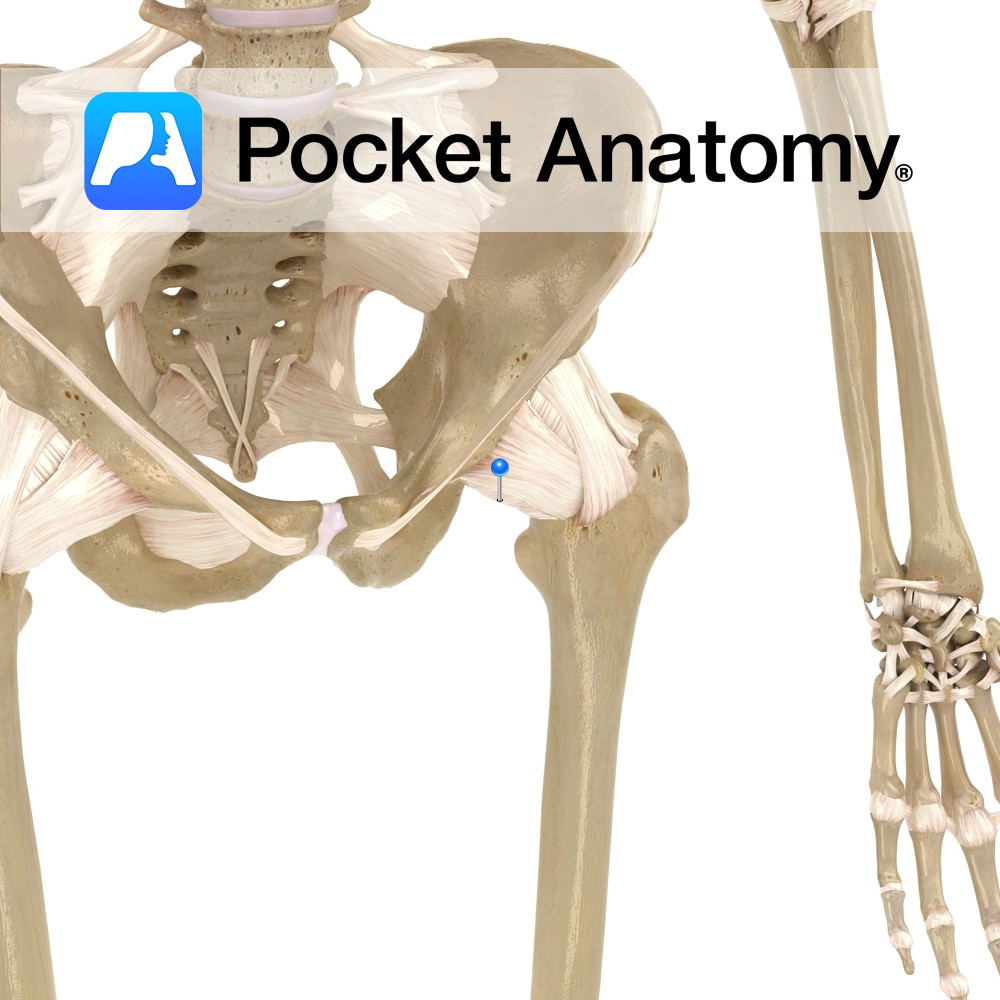
.jpg)
